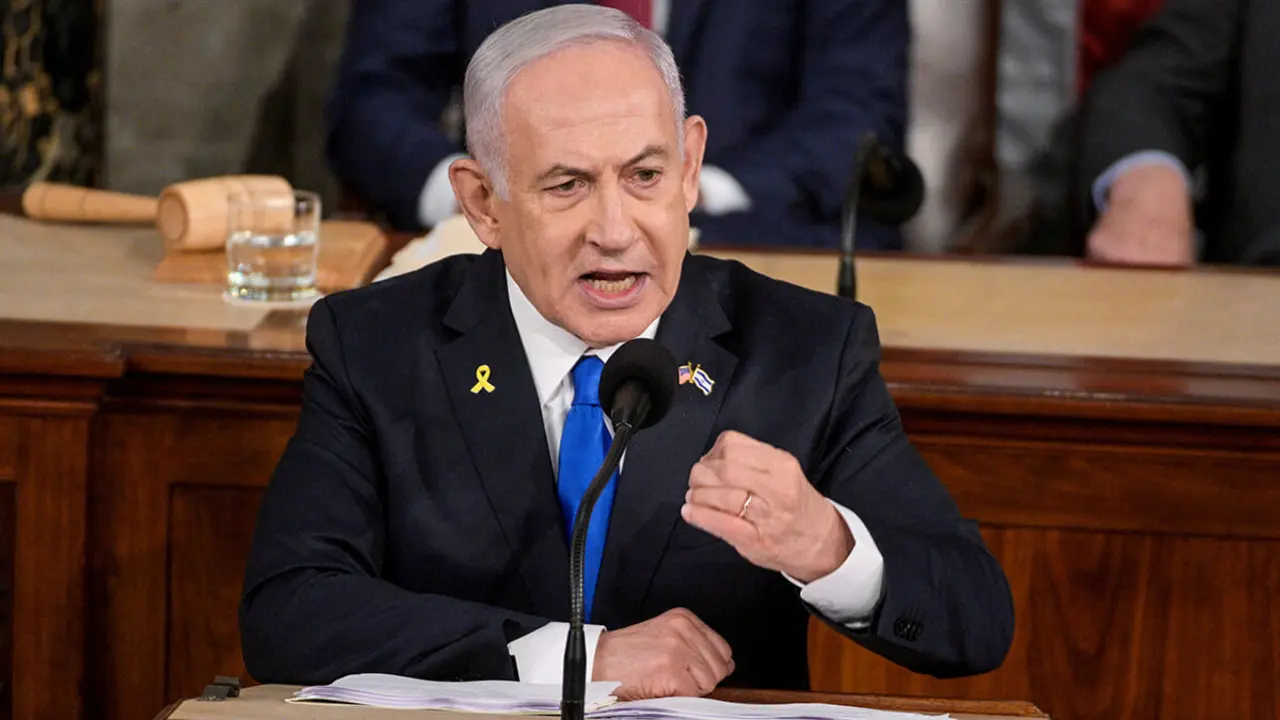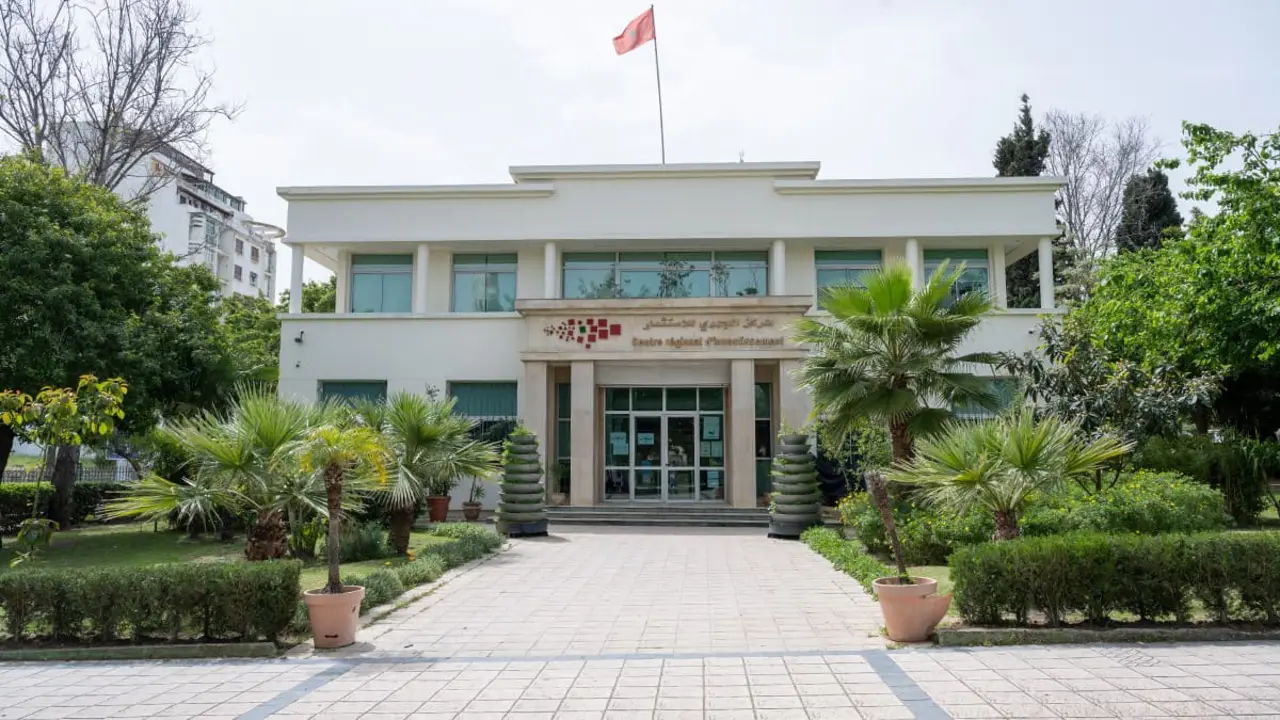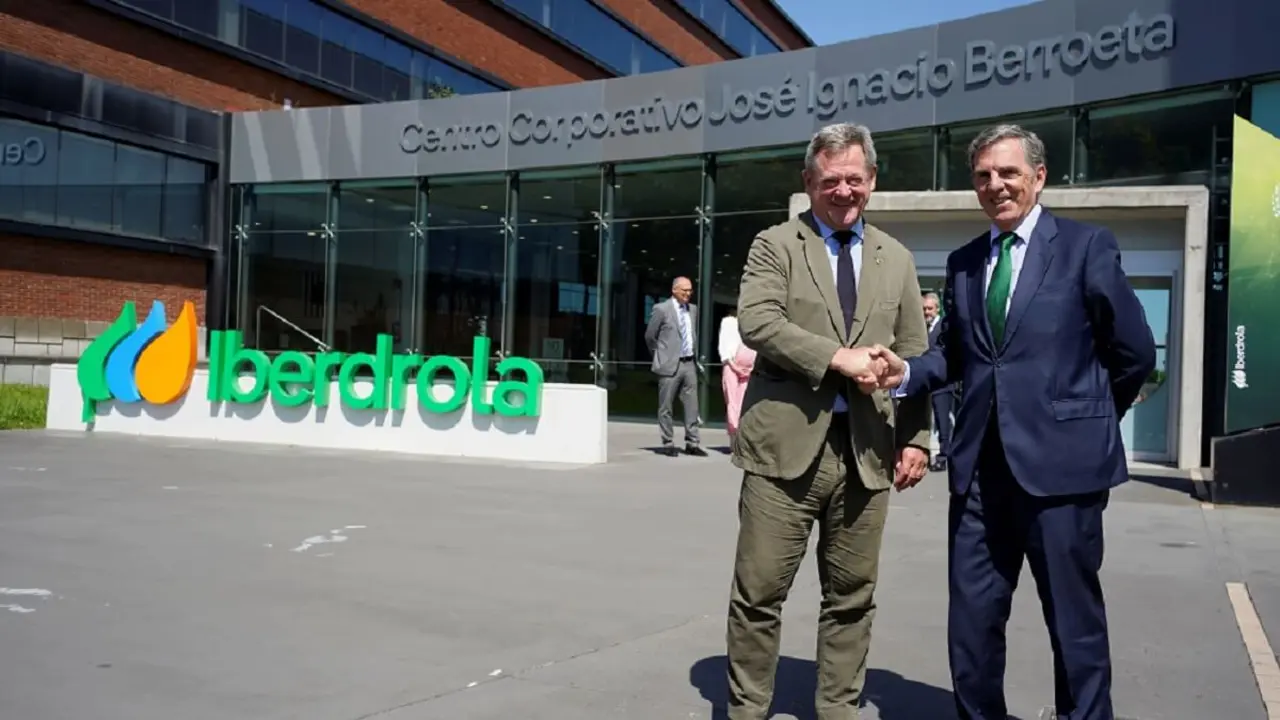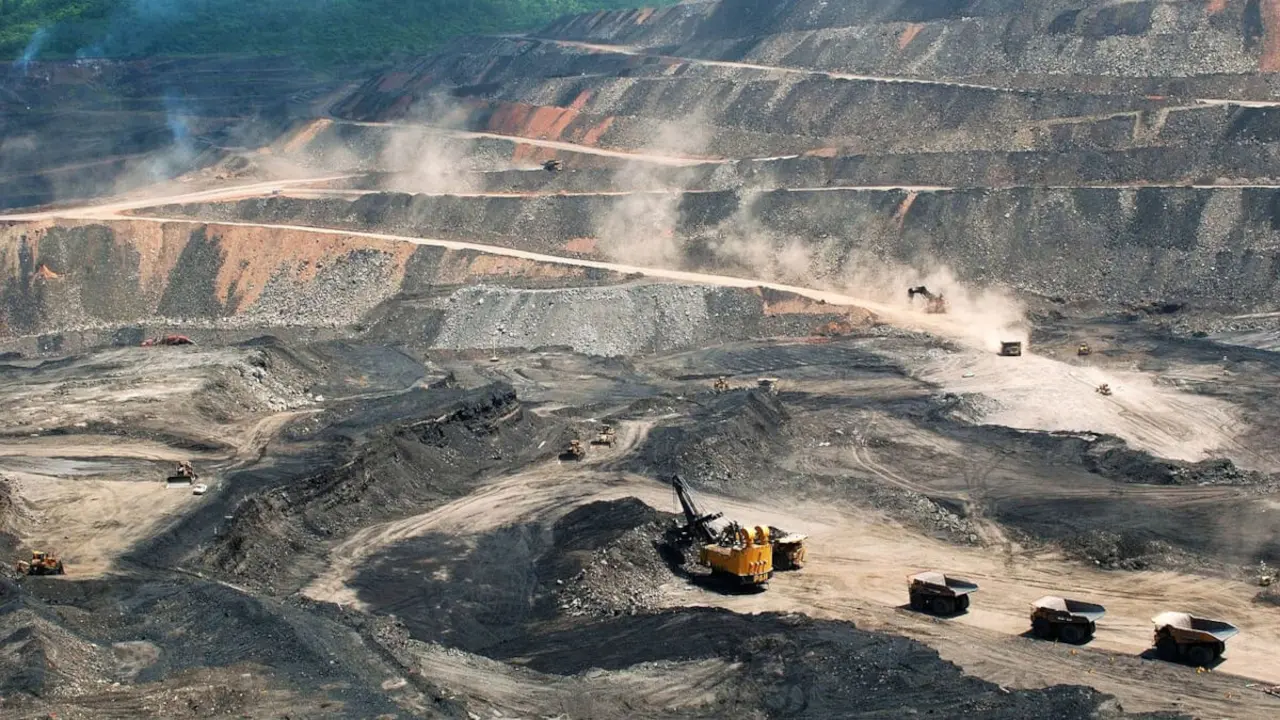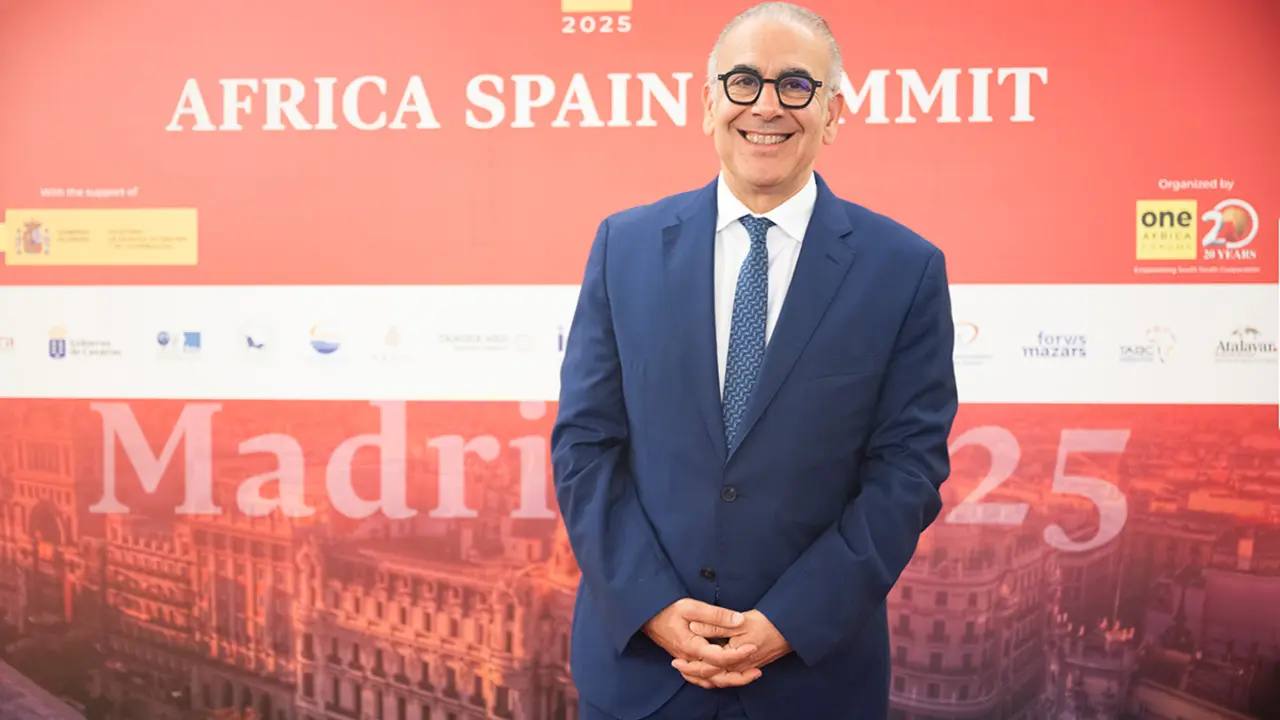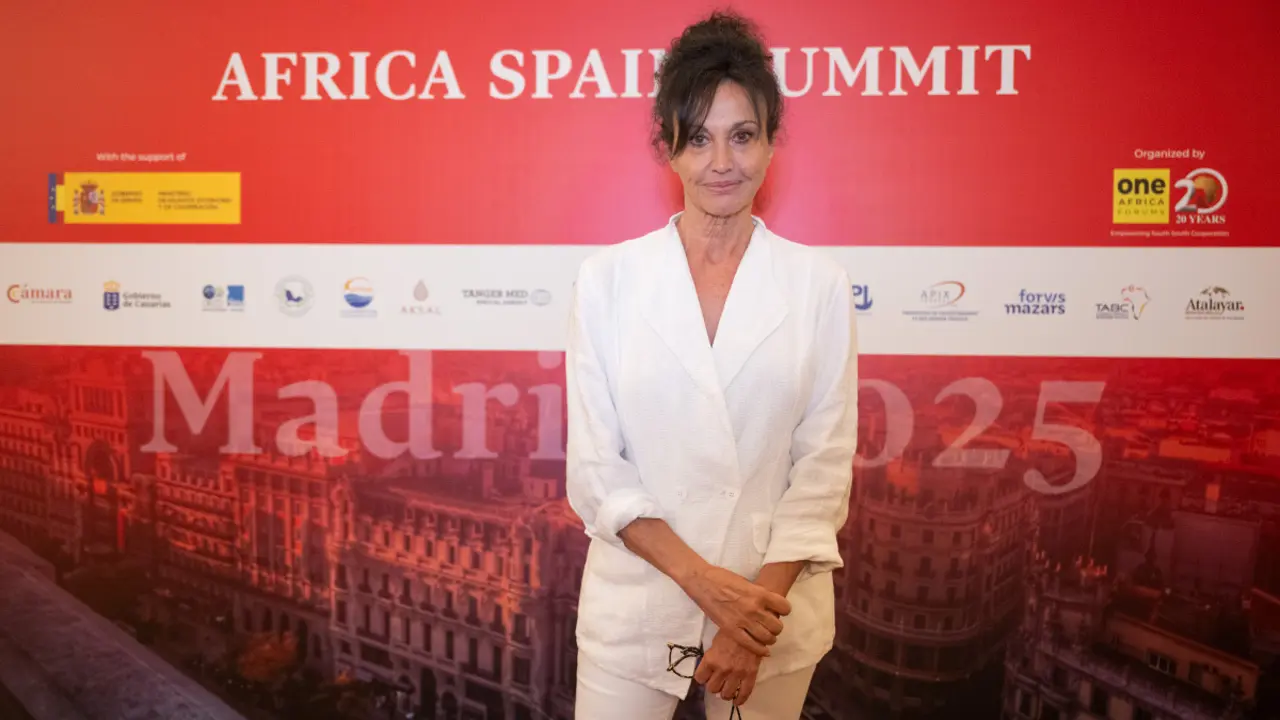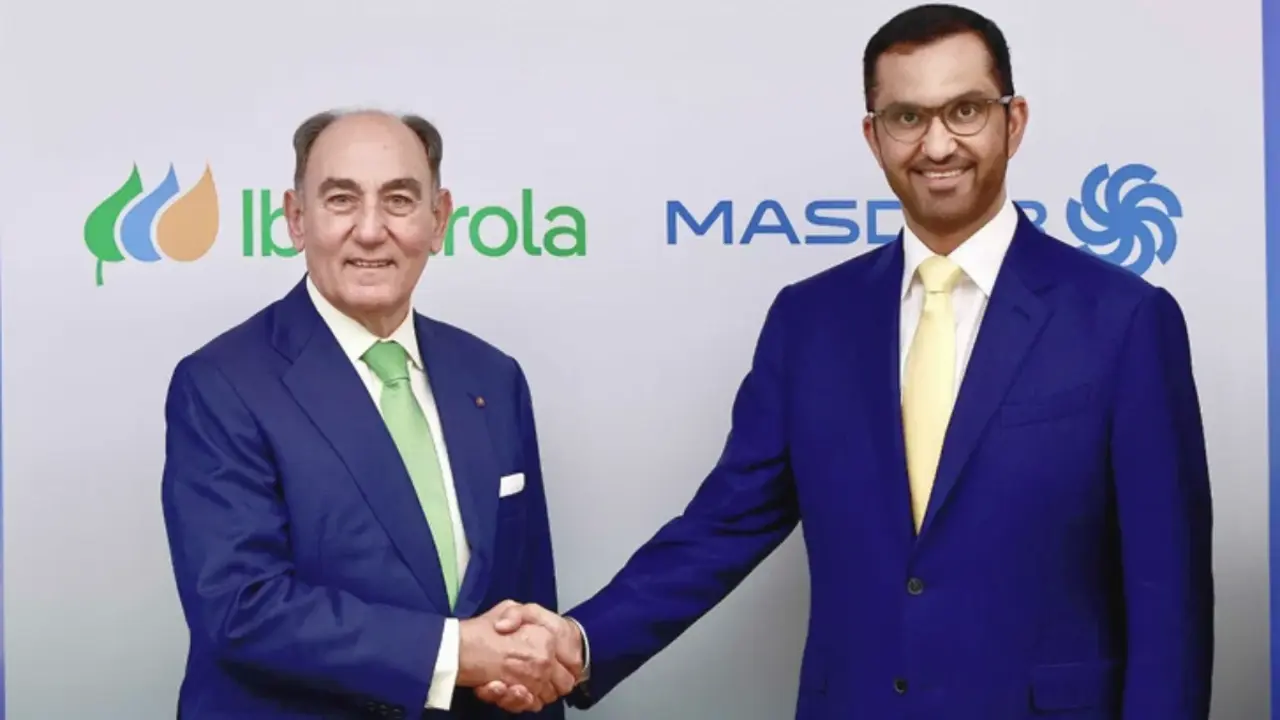Airbus aims to set up a satellite series production line in Spain

The European industrial corporation Airbus is well known for its wide range of passenger aircraft, somewhat less for being the manufacturer of the Eurofighter fighter or the A400M military transport aircraft, and to a much lesser extent for being one of the world's major producers of satellites and space launchers.
The person who has been the top manager of Airbus' space branch in Spain for a few months now is called Luis Guerra and has landed after 25 years of management experience in aeronautical projects linked to the life cycle of a wide range of commercial and military aircraft.

He surprises his interlocutor when he states that "I am comfortable with ambiguity". He clarifies that the projects Airbus undertakes "are cross-cutting and non-linear, with high uncertainties, high risks and long supply chains". In short, they take place in "highly complex environments that are executed in a transnational and intercultural environment". But thanks to his long experience, training and practice in values, "I have learned to synthesise and to know how to handle ambiguity".
Two months ago, King Felipe inaugurated the new large factory dedicated to space projects that Airbus Space Systems in Spain - as the company is officially called - has built in Getafe, near Madrid. With a workforce of around 550 technicians, the largest cleanroom in Southern Europe has been set up there, larger than the one at the Airbus Space Systems plant in Friedrichshafen, in southern Germany, on Lake Constance.

What does it mean to move the satellite and launcher side of Airbus Space Systems in Spain to Getafe?
It means returning to Getafe, where our space activity originated. The result is the third major Airbus industrial complex worldwide. The first is in Toulouse, in southern France; the second in Hamburg, in northern Germany; and the third in Getafe, very close to Madrid, which is unique in that it is the only one of the three that brings together all the major business areas of the corporation: commercial aircraft, military aircraft, helicopters, satellites, launchers, intelligence and Airbus headquarters in Spain.
A couple of years ago, Enaire, the national air navigation manager, and the technology multinational Indra launched the Startical project to improve satellite-based monitoring and communications with aircraft in flight. Does Airbus have any links with this project?
Not at the moment, but we have expressed our interest in participating. As far as I see it, we are the only national company with the proven capability to implement a serial production line for dual-use satellites. We are talking about proven, reliable devices, such as the Arrow platform that Airbus has developed for the OneWeb constellation, whose main objective is to provide Internet services anywhere in the world.
We have not only the capability to realise a reliable platform, but also to develop an optimal supply chain to achieve a reasonable production rate and to move from high-tech craftsmanship to high-tech mass production. This is coupled with our ability to support the growth of suppliers who can be part of the project. If we hurry up and invest appropriately, it would be a major initiative for Spain.

Every day that passes, the idea that Europe should have its own autonomy in manned space flight is gaining momentum. How does Airbus view this?
We are delighted! If there is any company on the old continent that has the conditions to make manned spaceflight a reality, it is Airbus. What I mean by that is that in any equation in which it is envisaged that Europe should send astronauts into space on its own launchers... Airbus has to be present.
We already participate in NASA's Artemis missions. We contribute to the Orion manned capsule with the European service module that complements it, which is what allows the astronauts on board to survive. So we are awaiting a future meeting of European Space Agency ministers to discuss the matter.

The war in Ukraine has led to the break-up of the Euro-Russian space projects. Will this cooperation be resumed as the years go by?
I am not a fortune teller. We have had extensive cooperation with Russia for some 40 years and it is a pity that it has come to such an abrupt halt. However, the break has served the purpose that the European space industry has identified its needs to be completely independent of Russian technologies. In my view, for the time being, it is unfeasible to resume cooperation.
And what about the possibility of closer space relations with China?
Why not? China has acquired a surprising degree of autonomy and dimension in the space sector. It has its own inhabited space station, which it finances itself. Every year, countless launches into space take place. And at the Euro-Chinese level, we are involved in the SMILE scientific satellite, the European component of which we are taking on at Airbus Space Systems in Spain and whose purpose is to study the magnetic shield that protects life on Earth.
Although it should be borne in mind that China is considered a threat to the West in certain forums, it should not be forgotten that Airbus has been cooperating with China for many years in the production of civil aircraft and helicopters.

What is the current status of the Ariane 6 and is it still on schedule for its maiden flight at the end of this year?
According to information from the programme and Arianespace, the first Ariane 6 is still scheduled to take off by the end of the year, provided that a number of milestones are met and the associated technological risks are overcome.
The first milestone to be met is to complete the development of Ariane 6, i.e. to have the launcher fully completed. Secondly, the success of the upper stage tests. The third milestone is to carry out the electromechanical integration of the launcher in French Guiana. And the fourth and final step is to have completed the qualification tests of the launch control software, for which the French National Centre for Space Studies, CNES, is responsible.
If the first flight is a success, what will be the impact on the Airbus factory in Getafe?
The immediate result will be the sustainability of the production rate. At the moment we have contracted the manufacture of structures and other equipment for a total of 15 launchers. And we are in the middle of negotiations to close our contribution to the second batch of rockets. But we have to wait for the result of the inaugural firing.

What remains to be transferred from the old headquarters in Barajas to the new plant in Getafe?
The vast majority of our human team is already in Getafe. Around 350 people have already moved. The only thing that remains in Barajas are the activities that take place in the clean rooms. They continue there because some projects are in their final phase and it is not advisable to relocate until the production process is completed.
In Barajas, we are finalising the fine-tuning of the X-band active antennas we have developed for the advanced Spanish communications satellites Spainsat New Generation, the work on the Euro-Chinese SMILE project, the active antennas for the Galileo New Generation satellites, the new reflectors for the Eutelsat 36 satellite and the instruments for the European MetOp-SG meteorological satellites. Our plan is to leave Barajas by the end of 2023.


